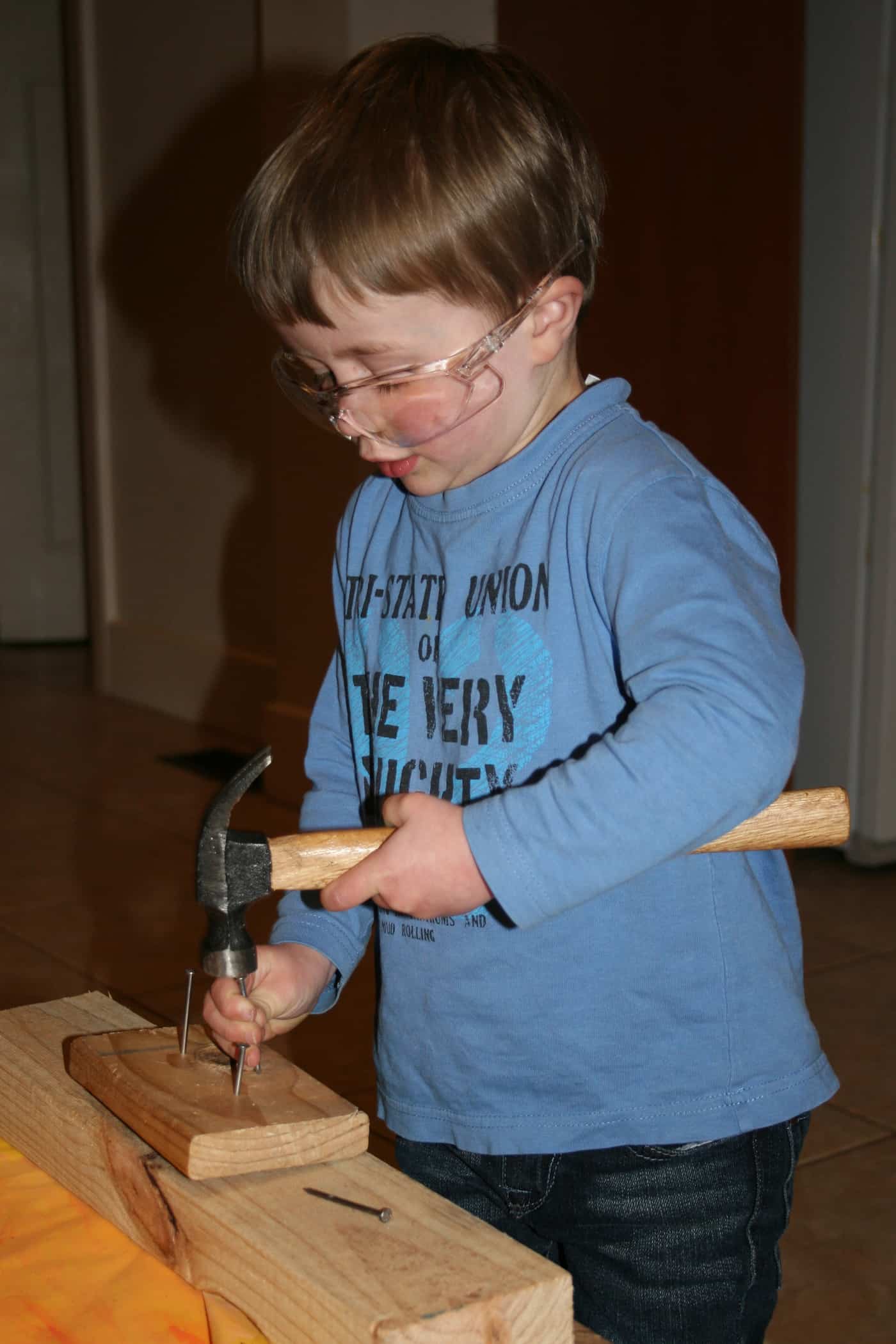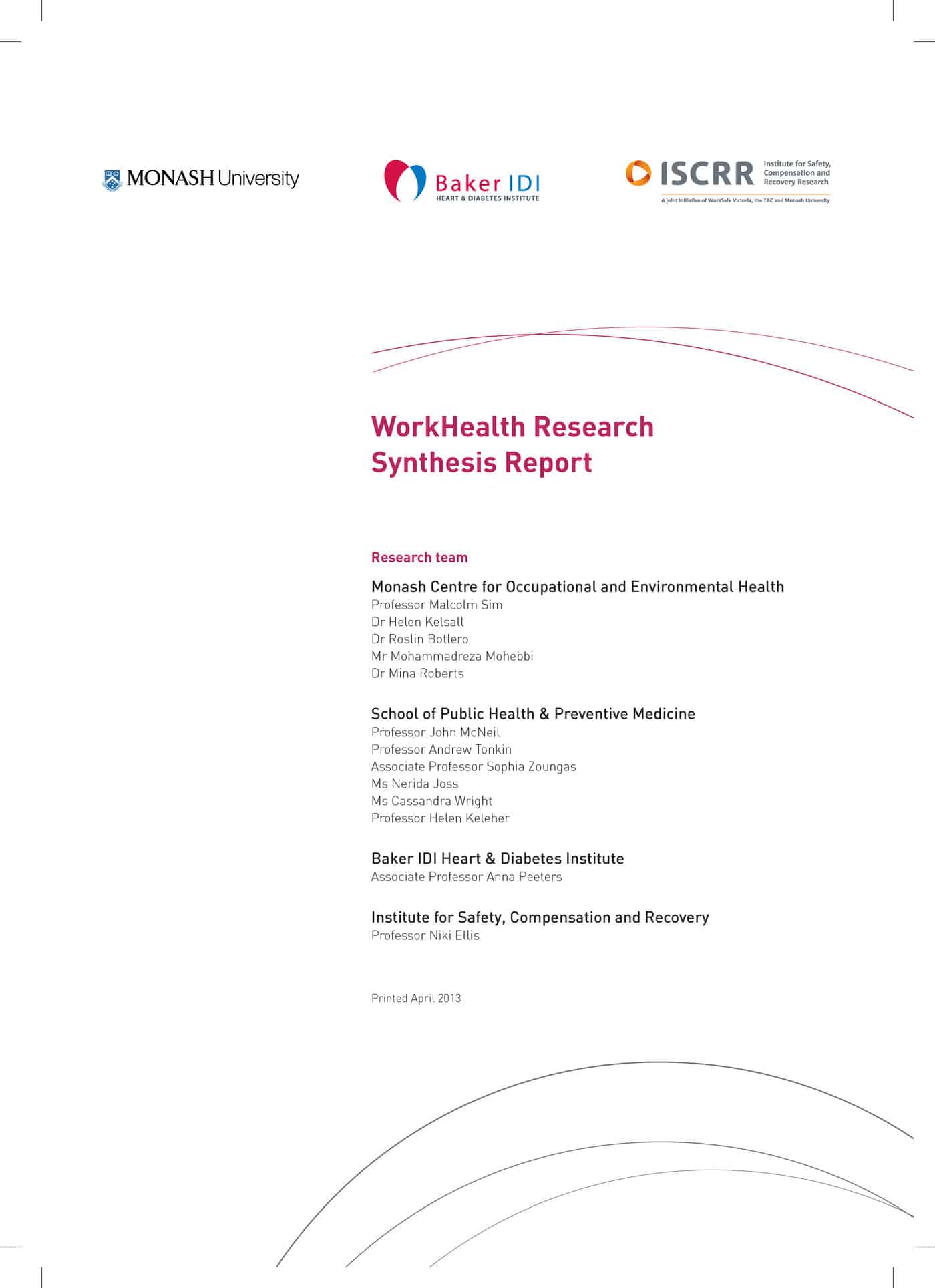A most curious article about workplace bullying appeared in the Australian Financial Review (AFR) on 11 September 2013. In discussing recent changes to Australia’s Fair Work Act Nick Ruskin of K&L Gates wrote about the broad definition of workplace bullying to be applied:
“…the intriguing thing is that worker is very broadly defined. Its definition, reliant on the Workplace Health & Safety Act 2011, is so wide it could even include the director of a corporation.
In other words, non-executive directors of corporations will have the same ability as a traditional worker to take a bullying grievance to the Fair Work Commission.
We could see a situation in which a company director alleges they have been bullied by another director and seeks early intervention from the Commission.” (emphasis added)
Continue reading “Workplace bullying can exist in the boardroom”

 At the
At the  I was reminded of my colleague’s regrets when someone on a construction site recently asked for my opinion on some pictures of her son, at a childcare centre, hitting some nails into a block of wood. The boy (pictured right, at home) was wearing safety glasses, albeit a little large; the “work area” was separated from the rest of the children and the boy was supervised at all times by a child care worker. I was told that some of the parents had expressed concern that such an activity should not be happening in a childcare centre due to the potential risk to other children.
I was reminded of my colleague’s regrets when someone on a construction site recently asked for my opinion on some pictures of her son, at a childcare centre, hitting some nails into a block of wood. The boy (pictured right, at home) was wearing safety glasses, albeit a little large; the “work area” was separated from the rest of the children and the boy was supervised at all times by a child care worker. I was told that some of the parents had expressed concern that such an activity should not be happening in a childcare centre due to the potential risk to other children.